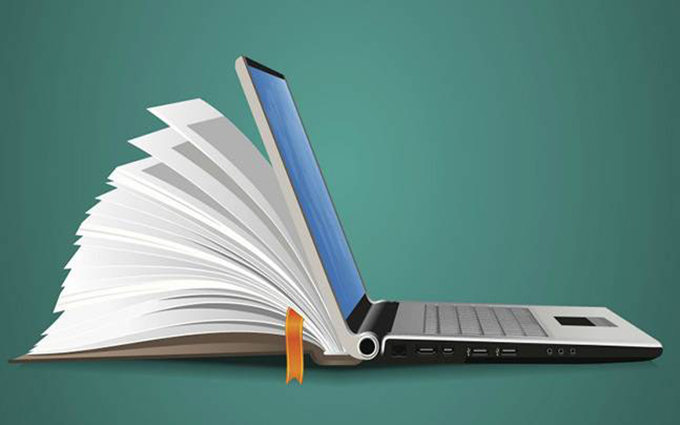
There is no denying the fact that a prime education initializes, maintains, and stabilizes one’s future. Everything that you’ve learned in your classroom – from solving a calculus problem on the blackboard to reciting a Shakespearean sonnet, education has and will continue to augment itself in various unthinkable ways.
With time, technology has allowed digital transformation to seep into almost every other industry in the world. It was about time that technology and its upbeat digital trends ventured into the monumental infrastructure of each classroom to teach the children and of course, teachers, a thing or two about the world as we know now.
Introducing Technology in the Classroom
Gone are the days when school curricula were infused with 20th – century antiquated learning strategies that were somehow, responsible for leading children snooze off during class. The goal of an enriched education system is to make it highly accessible for all age groups.
The technology aims to provide a different yet accessible approach to everyone – especially those who are striving to create their future to ultimately ‘reshape’ it. Even with the introduction of augmented research-based instructional strategies, many classrooms still refrain from updating their curriculum accordingly. Therefore, this continues to keep antiquated methods thriving in the classroom.
According to Hattie’s Index of Effect Sizes, implementing the changes in professional development might take a 12 – step strategy, which is not only important but necessary for the social and educational rehabilitation of young minds.
These digital trends in technology might help develop and augment changes in 21st century classrooms if teachers could realize the impact they could have on a child’s learning.
Reshaping the Future of Education with Digital Trends
To know how technology can impact the sturdy rigidity of the classroom’s dull and vague educational culture, it’s time to discuss five leading digital trends that can (and will indefinitely) help reshape the future.
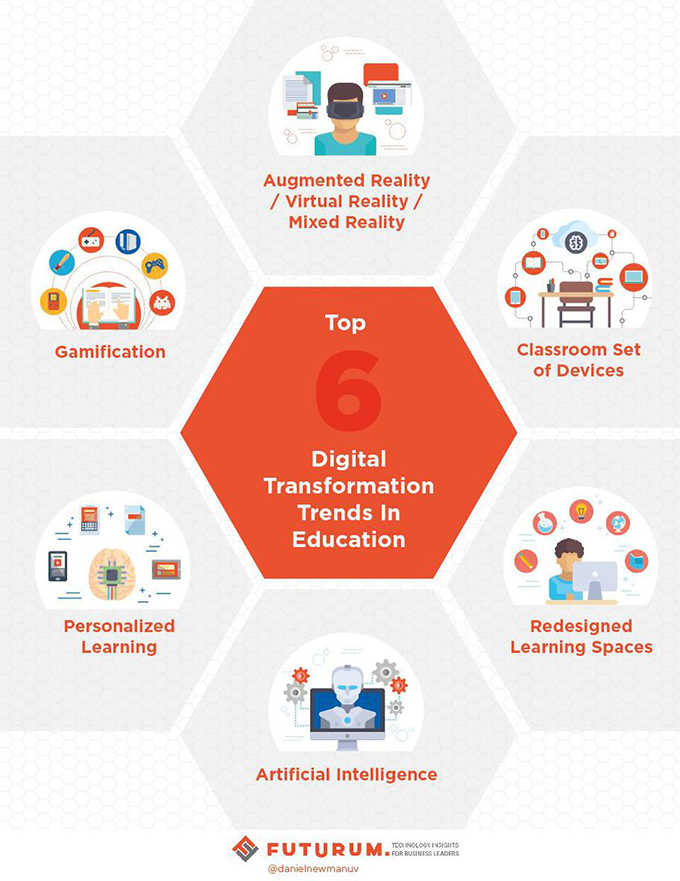
1. Mixed Reality – Augmented and Virtual Reality
Despite their efforts, some teachers still deliver lessons in the most tedious, and least interactive way possible, creating a wave of tension, formality, and bashfulness in the classroom. They need to imply an innovative style of teaching patterns.
By incorporating transformative technology into the classroom, students can learn how to collaborate with their learning strategies through practices that are not only interactive but also interesting to keep up.
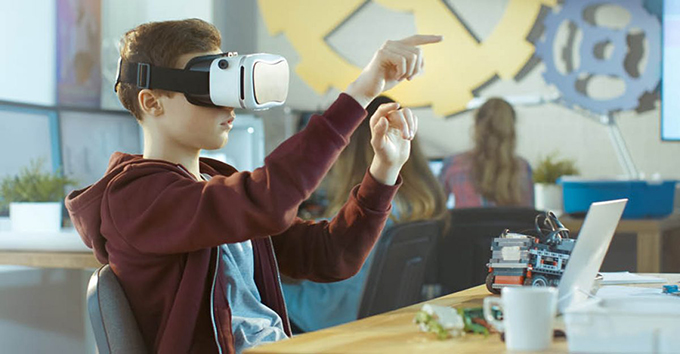
How Transformative Innovation Helps Learning?
Transformative technology, such as Augmented, Virtual, and Mixed Reality allows a teacher to introduce strategic learning practices that are not only immersive but also assertive and impactful. Integrating technology is an effective way for teachers to engage in lively delivery of instructions in the classroom.
Virtual reality allows students to engage in the outside world with a higher impact. For instance, take the advent of apps such as Unimersiv and Cospaces. These two apps were created to create a platform where students can not only transport themselves to other places for a broader insight into learning but also to encourage them to share their creations.
According to Kathy Schrock of Wilkes University, technology literacy and virtual literacy might help reshape the entire outlook into virtual reality as a whole. AR/VR/MR will not only help bridge gaps within a classroom but will also help create a chain of endless possibilities that might open a can of broader perceptions.
2. Distribution of Smart Devices in Smart Ways
The BYOD – Bring Your Own Device – to school has haltered the growth of underprivileged students. It has also limited the choices of those who must drag themselves to the school’s computer lab and wait for a monitor to operate and learn.
The advent of technology into the federal system led to the incorporation of the ‘Every Student Succeeds Act’ for Title I schools and crowdfunding via donations or grants to distribute smart devices such as iPads, tablets, and laptops into classrooms in every state.
In 2014 alone, 3 million Google Chromebooks ventured into classrooms all over the country, providing students with the liberty to engage in programs on cybersafety and protection of the individual, intellectual property. These devices have helped teachers digitize textbooks and exams and personalize quizzes and courses to meet the educational needs of children with varying abilities.
Students stay wary of quizzes, routine self – assessment tests, and exams, but the Internet has provided not only alternative solutions for creating interest but also has several apps, web servers and online platforms for instilling and paving the way for growth.
For instance, Quiz Creators ensures immediate improvement by allowing teachers to create research – based yet tailored online quizzes for students. Taking online quizzes and examinations has also caused schools to cut down on the frequent usage of paper, helping the environment – one digital step at a time.
3. Collaborative-Friendly Classroom Spaces
The good old ‘chalk and blackboard’ have been the mainstay of a healthy classroom heritage. However, this doesn’t mean that technology cannot provide more time – efficient and productive ways of preaching the same learning strategies.
Changing and developing the mindsets of these ‘chalk and blackboard’ patrons might be slightly hard, but nobody said that it’s impossible or inconvenient.
Many educators realize that such a structure in the classroom not only prevents students from interacting with each other but also diminishes their growth capacity. With the advent of SMARTboards and pods of SMARTdesks in the classrooms, students have been approaching various new learning methodologies that are abreast with technology, collaboration, and interaction.
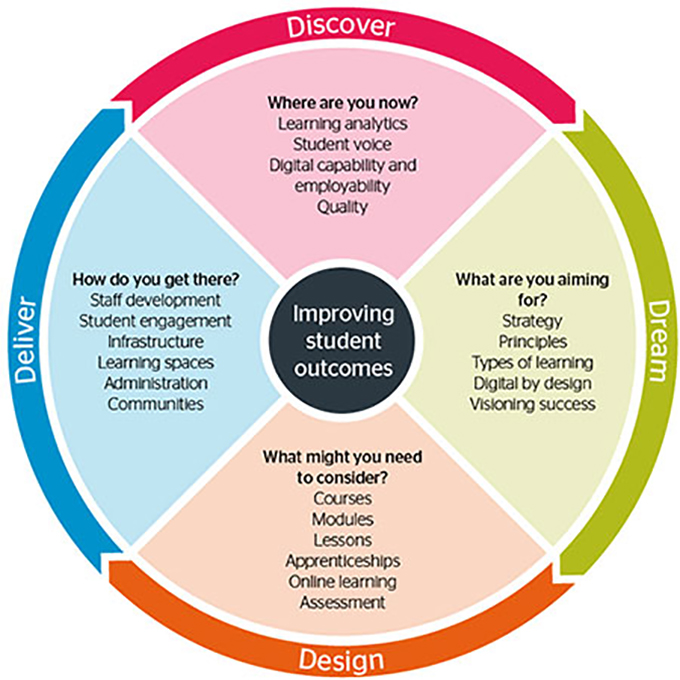
These redesigned learning spaces have allowed students to learn how to use the integrated systems for their personal growth and individual learning. For instance, students are not only taking trips with the help of virtual programs but are also creating programs they weren’t able to previously.
In higher education systems, these redesigned learning spaces are giving college and university going students an opportunity to unravel informal growth on campus by collaborating and interacting with each other even when their classes are unsupervised or not in session.
4. Artificial Intelligence and Chatbots
In the education system, Artificial Learning plans on challenging the administration and the examination departments.
In Australia, Deakin University not only incorporated IBM Watson’s state – of – the – art artificial intelligence system into its administrative department but also used it to guide and streamline the student advisory service. With the help of IBM Watson, Australia’s Deakin University answered around 30,000 basic advisory queries, allowing the customer service’s human representatives to field thoughtfully detailed and more concerning questions instead.
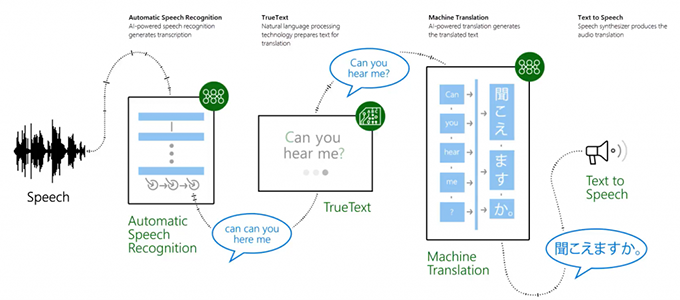
The picture above illustrates how AI – powered technology helps students to read and listen to what’s being said in their native language for better understanding.
Since chatbots are programmed with Natural Language Progression, they can field queries related to homework so that students can learn more progressively with higher response rates.
5. Personalized Learning
By integrating Intelligent Tutor Systems in redesigned learning spaces, teachers can now create curricula that are not only augmented with innovative research methodologies but also integrated with personalized learning strategies.
With Blended learning technologies, students can now learn and control tailor – made discovery – based methods as well, allowing them to make and control own learning environments that improve their way of learning.
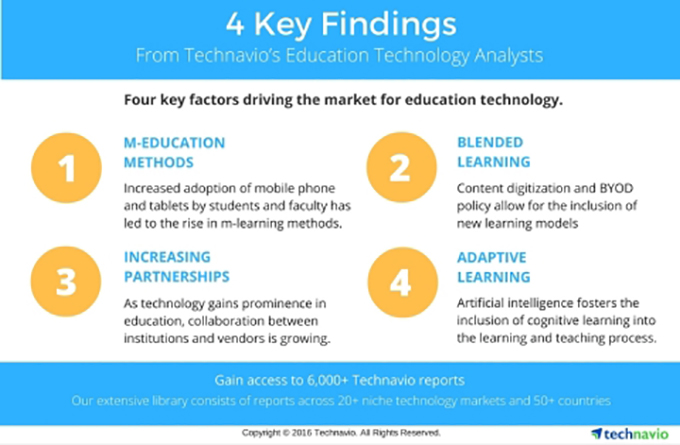
Adaptive learning is another form of personalized learning that allows students to adapt to their learning environment concerning a designated time frame and objective.
The Bottom Line
Technology in the education system might take some time to warm up due to the lack of funding or available methodologies for implementation in curricula. The digital transformations are maximizing the e – learning portfolio, setting a new pace for the educational sector.